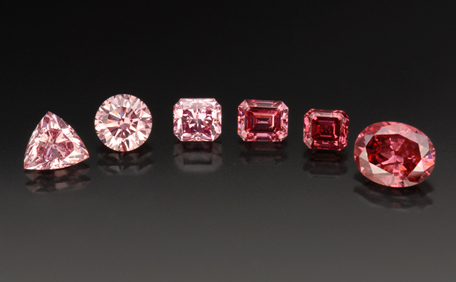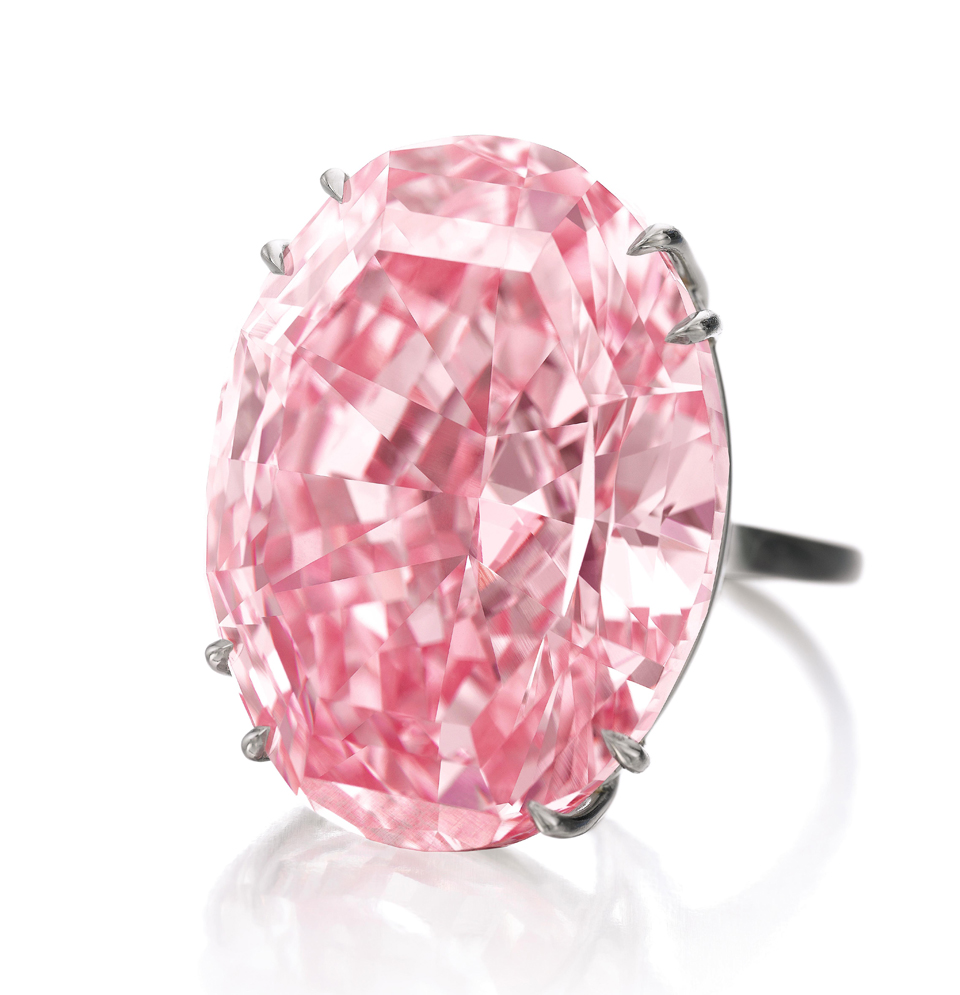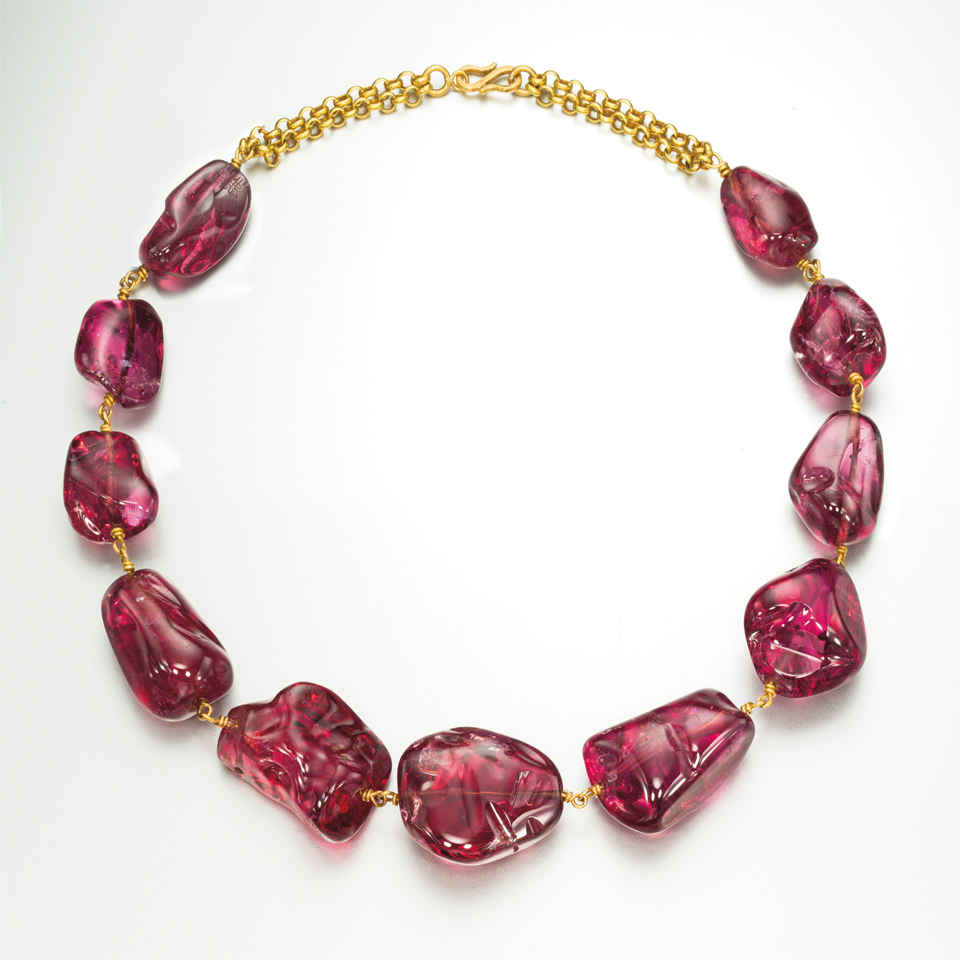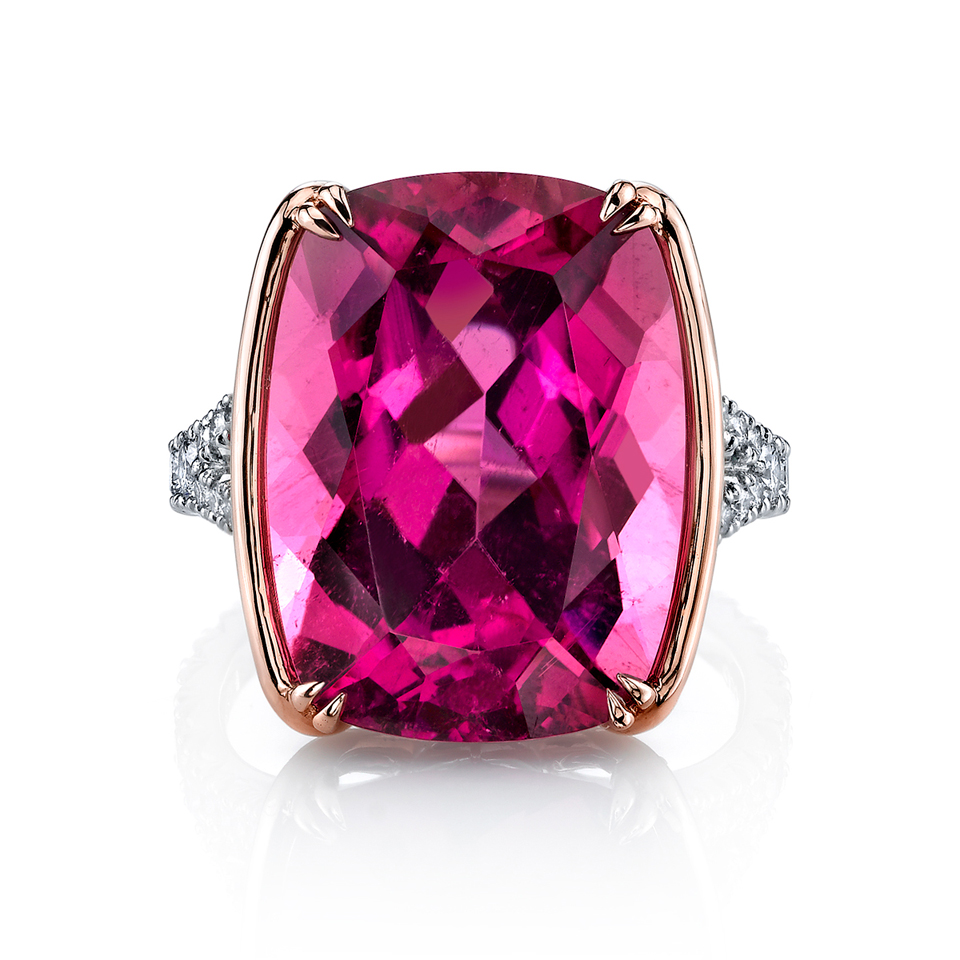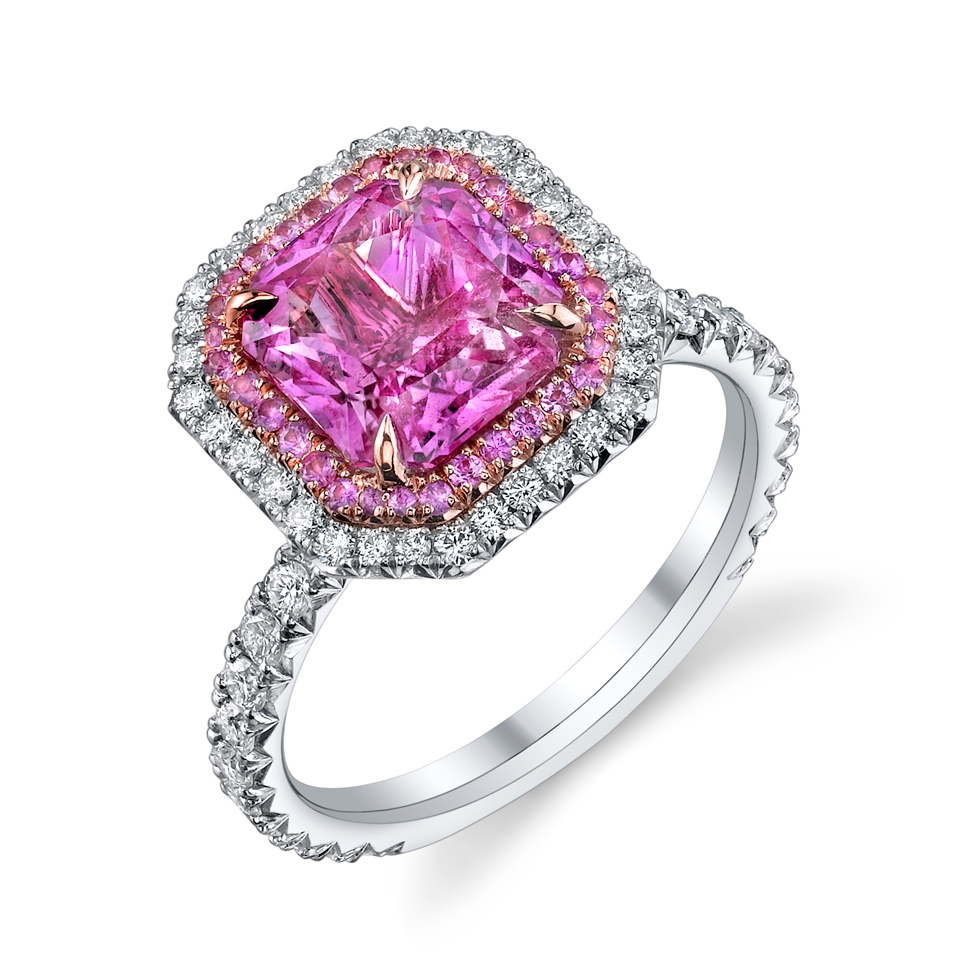Dreamy and romantic, the month of February is dedicated to sharing your love. Show appreciation for the most important people in your life with a token of affection. This gift will serve as an everyday reminder of your feelings for that person. A pink gemstone is a beautiful choice to consider. As you search for the perfect Valentine’s jewelry gift, learn about different types of pink gems so that you will know which one is perfect for you.
Rose Quartz
This pretty pastel gem is named after its delicate pink color resembling a rose. Rose quartz has a color range that goes from very pale pink to medium or dark pink. An ideal Valentine’s Day gem, some refer to it as the “love stone” because it is believed to balance emotions and heal anger or disappointment.
Morganite
Pink, Salmon, rose, peach. All of these light colors describe morganite, the pink to orange-pink variety of beryl. Morganite was named after J.P. Morgan in 1910 when the gemstone was discovered in Madagascar. Morgan was a friend of the notable gemologist George Kunz as well as a financial supporter of the American Museum of Natural History. This gemstone gets its subtle color from trace amounts of manganese in the crystal structure. This pink gemstone would be a lovely addition to a jewelry box and an even lovelier addition to a spring-ready wardrobe.
Kunzite
Are you celebrating a February birthday? Kunzite, pink to violet colored spodumene, could be an alternative to amethyst, the birthstone for February. While kunzite comes in a delicate pastel pink, the most valued colors are in an intense pink to violetish purple. Kunzite was first discovered in 1902 in Pala, California and named after George Kunz. It could be just the right thing to commemorate Valentine’s Day.
Pink Diamonds
Colored diamonds are highly valued for their rarity and purity of color. Colored diamonds, including pink, are described by GIA using a color scale that ranges from “Faint” to “Fancy Deep”. Ask the jeweler if the pink diamond you are considering has a GIA Colored Diamond Grading Report. Of all colored diamonds, pink is considered one of the most valuable hues. One notable pink diamond, set in a ring, is the Graff Pink (GIA graded Fancy Intense pink), weighing in at 24.78 carats, was sold by Sotheby’s Geneva in 2010 for a record breaking $46 million.
Spinel
Singly refractive and often transparent, spinel has a range of colors from red and pink to purples and even blue. This would be a really beautiful and heartfelt gift for a unique Valentine’s Day touch.
Tourmaline
One of the gemstones chosen to represent the month of October and the 8th wedding anniversary gemstone, tourmaline is next on our pink list. This gemstone has a wide color range that includes most colors, but it is especially known for its pinks, greens and blues. Specifically red to pink gems are referred to in the trade as rubellite, the color is caused by the presence of manganese. Did you know that tourmaline sometimes forms with one color on the outside and another color on the inside? Color combinations such as pink surrounded by green or blue are referred to in the trade as watermelon tourmaline. Crystals can change color as they grow if the chemistry in their environment changes. Parti-colored crystals with two or more colors on opposite ends can also form. These are often fashioned into long rectangles to capture the color gradation. A piece of jewelry set with a parti-color or watermelon tourmaline is perfect to give when you and your partner have changed and grown together over time.
Pink Sapphire
What is the difference between pink sapphire and ruby? There is an interesting intersection between the two because they are both varieties of the mineral corundum. Rubies are prized for a pure vibrant red to slightly purplish red color. However if the color is not saturated enough to appear red, it is not considered to be a ruby; it is a pink sapphire—even if the color strength or intensity is high. The dividing line between them has been a topic of debate among the trade, as there are cultural differences in the pink sapphire/ruby definitions. For instance, a gem producing nation may consider pink corundum to be ruby, while gem consuming nations may classify it as pink sapphire. GIA’s policy is that red must be the dominant hue before corundum can be identified as ruby.
Any of these pink gemstones catch your eye? Which one will you consider gifting this Valentine’s Day?
Main image photographed by Robert Weldon.
Custom Field: Array
